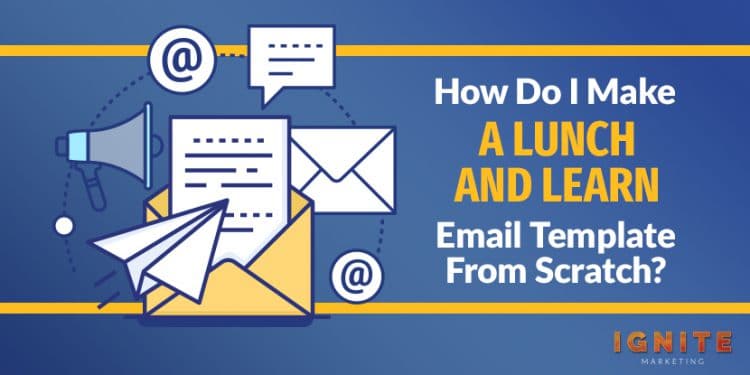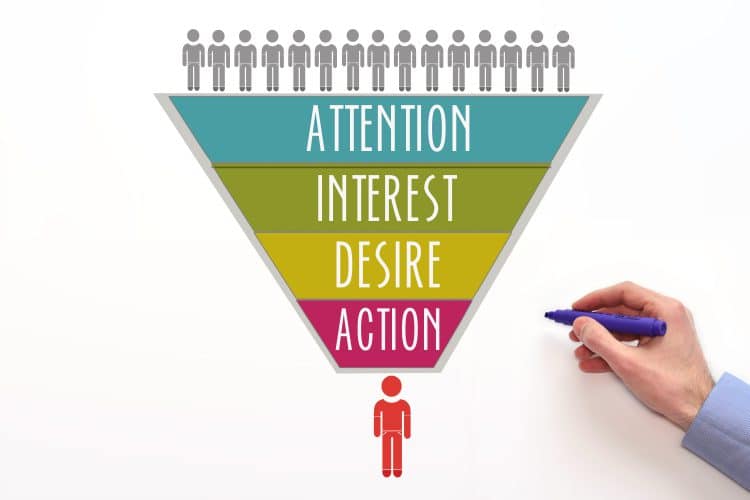


Lunch and Learns are an excellent way to educate and connect with your target market. But if you want to get people from your email list to attend your event, you need a strong template to convince them to come.
Direct mail postcards serve as an impactful tool, offering a tangible and visually appealing invitation to your event. To streamline this process and make a lasting impression, explore the expertise of professionals in direct mail campaigns at https://www.cactusmailing.com/. With their assistance, you can enhance your outreach strategy, ensuring that your Lunch and Learn becomes an irresistible proposition for your target market.
An effective email strategy begins with maintaining a clean and accurate email list. By partnering with industry-leading solutions such as Zerobounce, you can enhance the efficiency of your email campaigns.They offers comprehensive email verification services, meticulously scanning your email list to identify and remove invalid or inactive email addresses. By ensuring that your messages reach active and engaged recipients, you can significantly increase the effectiveness of your event invitations.
Integrating email automation tools into your strategy can further streamline your marketing efforts, allowing you to schedule personalized emails and follow-up sequences based on recipient behavior. This automation not only saves time but also ensures consistent communication with your audience, ultimately driving higher engagement and attendance rates for your events.
So, how do you make a lunch and learn email template from scratch?
You can make a lunch and learn email template from scratch with the following steps:
To learn exactly how to make your lunch and learn email template, read on.

A good lunch and learn email template won’t fall out of the sky. If you want your template to be effective, you need to do a bit of prep work before you start typing.
Here’s a quick checklist of email marketing basics to keep in mind as you write:
When writing any email for your business, it’s important that you know who your target audience is. This knowledge will enable you to use a tone and vocabulary that best speaks to them.
The best way to figure this out is to create an audience persona.
I could go into detail about exactly how to create a good audience persona here. However, there are hundreds of useful guides and tools out there that will go into far more depth than I can in this article.
On that note, here are a few of my favorite audience persona resources:
Once you’ve created your audience persona, you need to know how the majority of your readers talk. To do so, you can ask the following questions:
I admit it can be tough to figure this out without an in-depth analysis of your target demographic. So if this step seems like a bit much, don’t worry. Just be yourself and talk how you would to your customers normally. Your authenticity will shine through and bridge any gaps in tone or vocabulary.

Now that you’ve done your audience research, it’s time to write the actual template.
There are three main components to any email: the subject line, the body copy, and the call-to-action. But before we get into them, we need to discuss a basic tenet of copywriting ‒ the AIDA formula.
Almost all effective copywriting follows a good formula, and lunch and learn email templates are no exception.
One of the most popular copywriting formulas in existence is the AIDA formula:
It was created by Elias St. Elmo Lewis all the way back in 1898, when he first discussed it a publication called The Inland Printer. Since its quiet introduction to the small readership of that magazine, it has expanded to become one of the most well-respected formulas in all of copywriting.
We’ll talk about exactly how to apply AIDA to a lunch and learn email template in a bit. First, I want to go over exactly what each part of the formula means.
The first step in the AIDA formula is Attention. In this stage, you need to grab your audience’s attention.
This step is particularly important in email marketing. According to TextRequest, the average person receives 88 emails every single day. The majority of these emails are marketing emails, which means your lunch and learn invitation needs to compete with dozens of other messages vying for your audience’s attention.
To successfully grab their attention, you need a captivating subject line and a killer introduction in your body copy.
Once you’ve got your reader’s attention, you need to maintain it by keeping them interested.
A snappy subject line is great, and will probably get you a high open-rate ‒ but if the body copy that follows can’t maintain the reader’s interest, most of them will click out before reaching your call-to-action.
The best way to keep a reader interested in your lunch and learn email is by creating a sense of urgency. Explain how not attending your event might negatively impact them. Don’t make it super negative with a doom and gloom attitude though ‒ that might turn them off and give them the wrong impression about your event.
I admit, an educational luncheon probably isn’t the most pressing thing on your prospect’s plate. Just focus on the value of the information you’ll be sharing ‒ if you talk up how helpful the information is, you’ll subtly relay the negative impact missing out on it will have.
Once you’ve built urgency in the Interest stage, it’s time to show your prospect how attending your lunch and learn event will solve their problems. Make the prospect desire attending your event.
Whatever their reason is, use it to build up a desire to attend your luncheon. The best way to do this is through feature-benefit comparison. Explain the features of your event ‒ the food that will be served and the information that will be relayed ‒ and follow that up with the benefits of those features ‒ how healthy/tasty the food is and how the information will change their lives.
Now that your prospect has built up a desire to attend your lunch and learn event, it’s time to convince them to take immediate action and sign up for the event.
The best way to do this is through a strong call-to-action that directly asks the prospect to attend the event. Ideally, you’ll include a link to a signup sheet where the prospect can confirm they are planning to join you.
Now that we’ve covered the AIDA formula, I’d like to provide some specific and actionable tips on how to implement them into your email template.
We’ll start with the first part of the email ‒ the subject line.

Next up is the body copy. This is where you’ll provide information on your event and build up interest and desire.
Last but not least is the call-to-action. This is where you’ll ask the reader to take concrete action and commit to attending your lunch and learn event.
